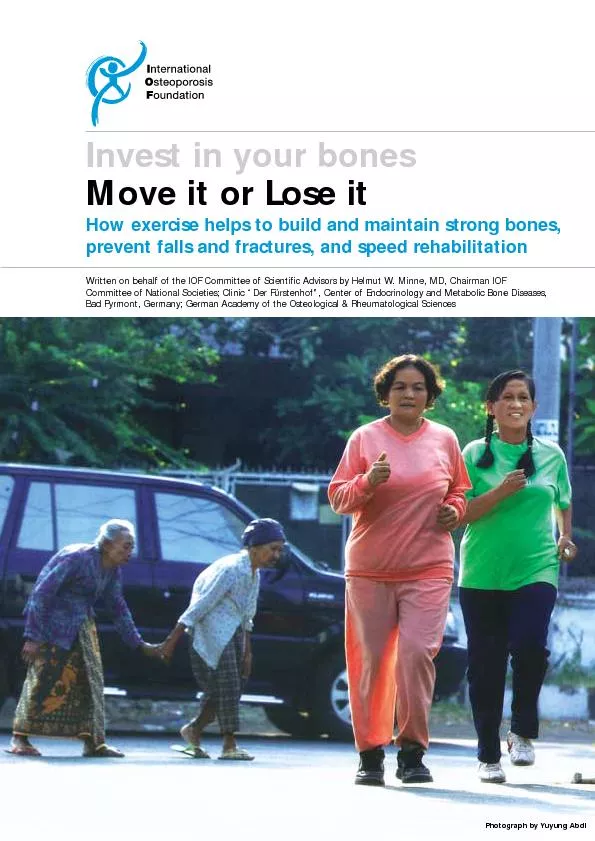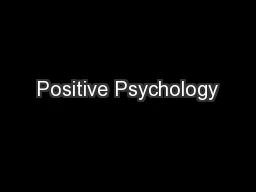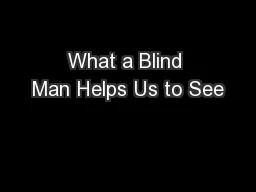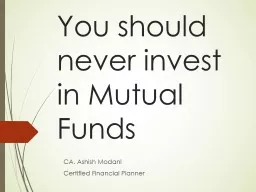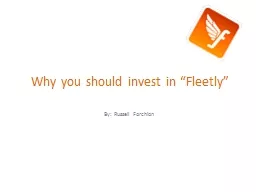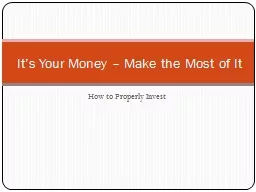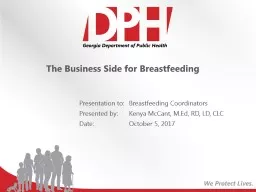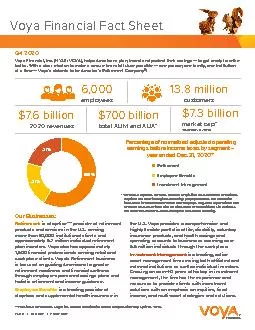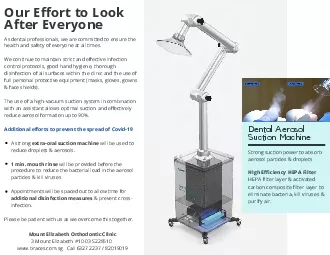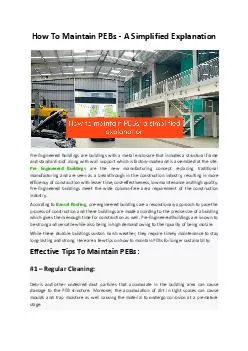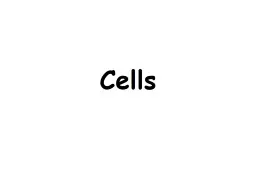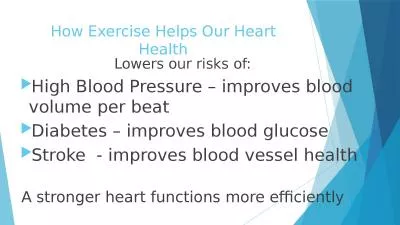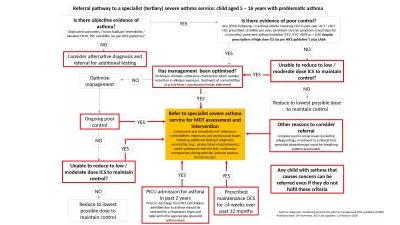PDF-Invest in your bonesHow exercise helps to build and maintain strong bo
Author : alexa-scheidler | Published Date : 2016-10-19
Written on behalf of the IOF Committee of Scientific Advisors by Helmut W Minne MD Chairman IOFBad Pyrmont Germany German Academy of the Osteological Rheumatological
Presentation Embed Code
Download Presentation
Download Presentation The PPT/PDF document "Invest in your bonesHow exercise helps t..." is the property of its rightful owner. Permission is granted to download and print the materials on this website for personal, non-commercial use only, and to display it on your personal computer provided you do not modify the materials and that you retain all copyright notices contained in the materials. By downloading content from our website, you accept the terms of this agreement.
Invest in your bonesHow exercise helps to build and maintain strong bo: Transcript
Download Rules Of Document
"Invest in your bonesHow exercise helps to build and maintain strong bo"The content belongs to its owner. You may download and print it for personal use, without modification, and keep all copyright notices. By downloading, you agree to these terms.
Related Documents

